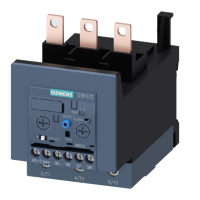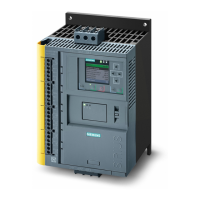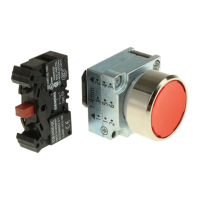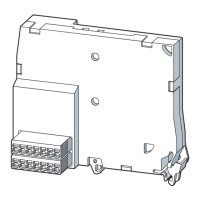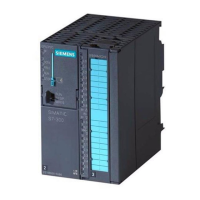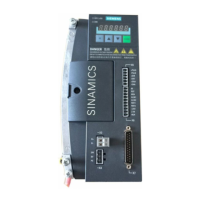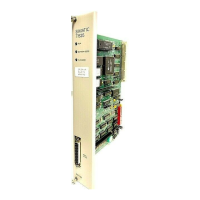Standards
2.2 Protective separation
SIRIUS - SIRIUS 3RT Contactors/Contactor assemblies
Manual, 09/2017, A5E03656507120A/RS-AE/006
23
Protective separation
Definition
In order for the "protective separation" of circuits to be achieved, an individual fault must not
be able to trigger a voltage overspill from one circuit into another. The kinds of fault to be
taken into account include twisted or loose conductive parts, twisted solder pins, broken
winding wires, missing screws, or broken barriers within a device.
Protective separation for 3RT10, 3RT20 and 3RH2 contactor relays
The term "protective separation" is used in relation to safety extra low voltage (SELV/PELV)
and functional extra low voltage (FELV). Protective separation reliably prevents a dangerous
contact voltage from spilling over to the voltage which has been protectively separated
(e.g. to a safety extra low voltage which is present or switched in the same device). If the
current paths of a contactor are operated at different voltages, "protective separation"
requirements must be met. With 3RT1 and 3RT2 contactors, and 3RH2 contactor relays,
"protective separation" is ensured up to a certain voltage.
"Protective separation" between circuits within equipment is achieved by complying with the
basic requirements contained in the IEC 60947-1 standard.
Basic requirements include, for example:
● Double or reinforced insulation
● Electrically protective shielding
● Combination of double or reinforced insulation and electrically protective shielding
The insulation must be resistant to aging for the duration of the expected service life.
Circuits without a safety extra low voltage or a functional extra low voltage do not require
protective separation.
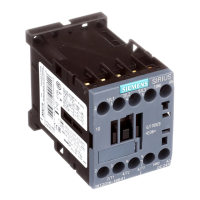
